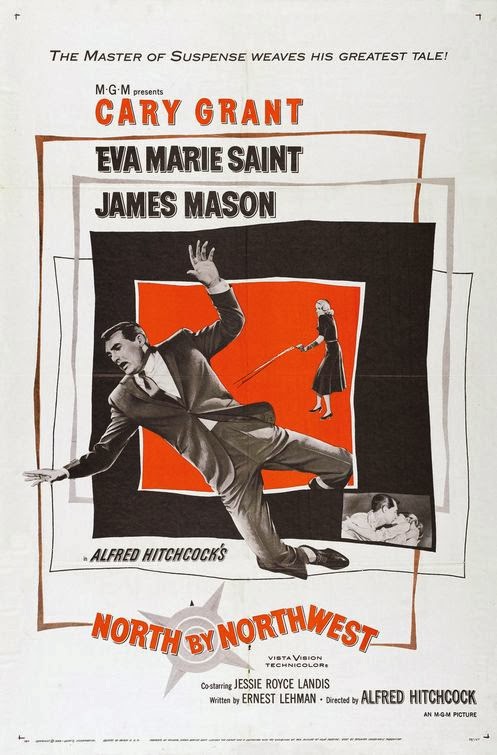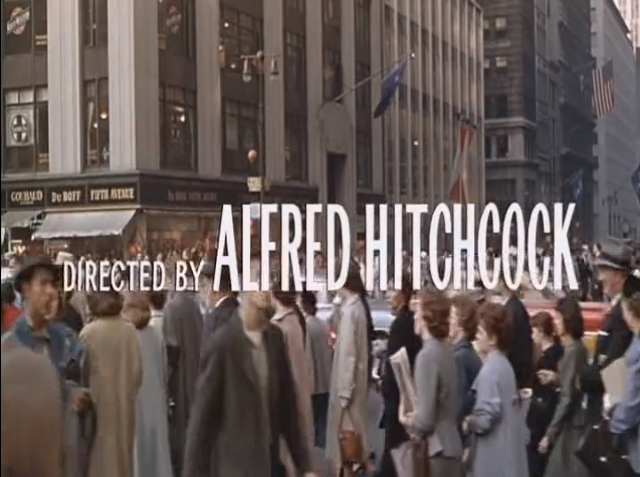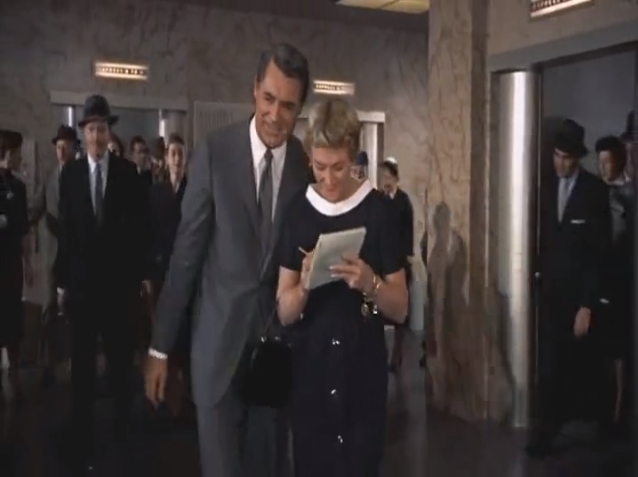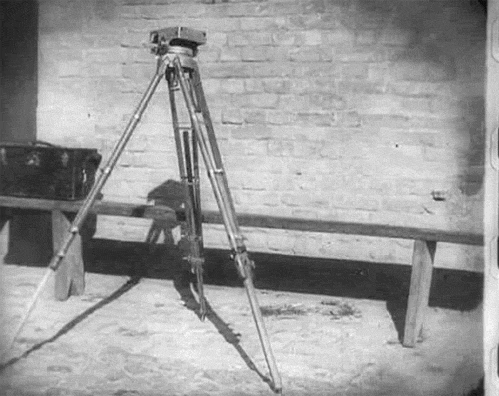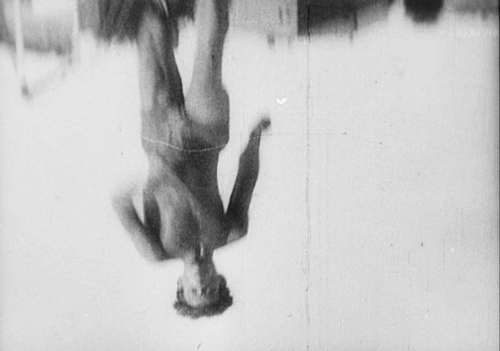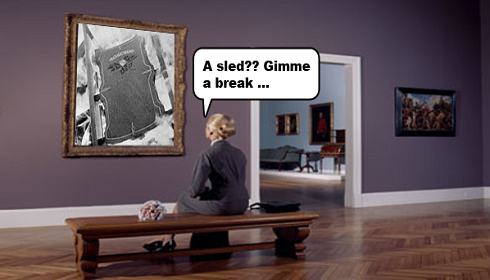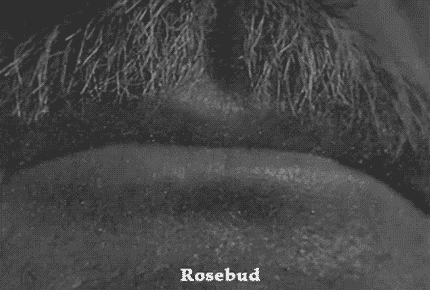TV shows and, strangely enough, reality TV shows often introduce us to issues at large in society that we may not have encountered in our personal lives. The reason for reality TV's ability to present those issues is because the people on the show are real people and not characters. True enough, post-editing and through certain staged situations, those people may fall into certain archetypes and be portrayed accordingly; but they are still real people with real problems from real backgrounds. Paul presented America's Next Top Model and how it's a free labor market where the employees are exploited to provide entertainment to the masses. Whereas in free labor markets people work for free to create a product, in a reality TV show such as ANTM those "employees", the models, are themselves the product. As such, they are heavily exploited. A cycle of ANTM that is most representative of this sort of manipulation is the very third cycle.
Film And Television Studies
Monday, April 14, 2014
TV Form: Aesthetics And Style
This section of the book was very interesting to me because when we watch a TV show, we often get so involved into the story that we fail to realize that the visuals and storytelling devices of the show are themselves major contributors to advancing the plot. William spoke about Mad Men and its visual palette. Since Mad Men had its final season premiere last night, I've decided that I'm going to talk a little bit about it as well.
Wednesday, February 26, 2014
Before The Rain Analysis
You often hear about the ingenious use of a non-linear narrative in Quentin Tarantino's works. Though excellent films in their own rights, Tarantino's films still follow a Hollywoodian structure; that is that there is always a beginning and an end to their narratives. Macedonian director Milcho Manchevski's 1994 film Before The Rain is the one film that I am willing to say has the oddest structure that I've come across in cinema. Mulholland Drive may bear deep surrealism and Pulp Fiction may be told in a non-sequential order, but Before The Rain's narrative structure does not require surrealism or a non-linear style to be understood. In effect, the film has no beginning or end. As the quote in the film states "the circle is not round."
At first, you will find yourself organizing the film in the correct order and the puzzle nearly fits. However, upon closer inspection, there seems to be certain things that don't quite fit within the film's timeline. One example would be the fact that Anne notices a picture of Zamira and Kiril after Zamira's death. When somebody, whom we presume to be Kiril, calls asking to speak to Alexander, Anne replies that he's left. But if Zamira was dead before Aleksander reached Macedonia, how then did they meet and he saved her life? And Kiril does not seem to have met Aleksander, so why would he be calling him? The film had us assume that Aleksander took the pictures but that does not seem to be the case since Aleksander would have died prior to that. I noticed little things like that and it really racked my brain as to how to properly organize the film and whether it requires organizing.
Another thing that I noticed was a sort of rap song that played on two different radios/talkies. In a scene where Anne has just finished talking to Aleksander, a girl walks by around the 7:20 mark listening to that rap song. The song appears diegetic at first, but in the next scene where Anne is looking at the photos of the dead Zamira, it does not appear to be.
That same song plays in a radio in a scene before Aleksander rescues Zamira from his cousin's clutches at the 0:45 mark.
What is the significance of that song and how it relates to the cyclical nature of this story? I'm not quite sure. What I am quite sure, however, is that the director Manchevski used this narrative structure to highlight the unending cycle of violence, especially as relating to the Balkan/Macedonian conflict.
As far as the visuals are concerned, the film seems to be more visually enriched and beautiful in the scenes set in Macedonia. This creates an odd contrast to the violence and killings present in Macedonia.
Furthermore, the director's quote about how we are not trapped by time is a thing of beauty. It appears that we are not trapped by time but by the virus of war (another saying from the film). In the film, it seems Manchevski champions intercultural relationships. Aleksander being in love with Hana (a true Romeo and Juliet storyline) and quite possibly being the father of Zamira. As Hana says "You just watch her as if she were yours." In another timeline, Zamira very well could have been Aleksander's. Another example of Manchevski's championing intercultural relationships is the story of Kiril and Zamira (another star-crossed storyline). In each storyline, violence is what puts an end to hopes and possibilities. It is violence that kills the future. Violence and war infect time itself.
Wednesday, February 19, 2014
North By Northwest: Opening Scene Analysis
The scene I decided to analyze for this film is the very opening scene, which serves as a foundation for the entirety of the plot. In the film, Cary Grant plays Roger Thornhill, an ad man (think Mad Men era), who is mistaken for George Kaplan, a man wanted and on the run. Roger is kidnapped as a result but manages to flee. Roger spends the remainder of the story trying to convince his acquaintances that he is telling the truth about his kidnapping and also trying to regain his identity.
The movie opens up with shots of various people around Manhattan.
Including Hitchcock's recurring cameo in his movies.
The opening shot is meant to symbolize losing one's self in the crowd, especially if one considers the era the movie was produced in. This was just a few years after the Red Scare when one didn't know whether your co-worker or neighbor was a Communist. This is also made poignant in light of the plot involving Communism. It creates sort of a claustrophobic feel despite the large scale shots. This ties in with Roger feeling that he's constantly being watched and pursued. He's no longer just a face in the crowd. He's a wanted man.
However, the main reason I chose this film is due to how the entire plot revolves around the very character of Roger; the character's character. As the story opens, the first scene establishes that Roger is a liar and a drunk. Hence, when he escapes from his kidnappers and tries to convince the proper authorities of the fact, nobody believes him. When he takes them to the Townsend home, Mrs. Townsend notes that Roger imagined the whole thing as he'd simply had one too many.
When we first meet Roger, he's holding a conference of sort with his secretary. And it is through their conversation that we get a sense of who Roger really is.
He tells his secretary to send candy to one of his dalliances and to lie to her. When the secretary points out that he's already used that same phrase in a past card, he decides to use another one. His moral character has already begun to take shape with no plot exposition. The dialogue reveals who Roger is. The plot serves to help him grow.
He then lies to a man that his secretary is "a very sick woman" so that they can steal the cab right from under him. When the secretary reproaches him for lying, he states that he probably made the man feel heroic. This is comparable to Roger's love interest in the film Eve (played by Eva Marie Saint) lying to Roger to perform a heroic act; although she does the complete reverse by lying to have somebody else (in this case Roger) feel anything but heroic.
He then tells the secretary to set up a date with his mother and to inform her that he's already drunk two martinis and she needn't bother to sniff his breath. We come to understand that Roger is perhaps touched by this poison, which only fuels into people's suspicion when he is caught drunk driving after his escape. Though there is a bigger force at play in having Roger becoming the victim in the film, it is his moral character that works against him.
Monday, February 3, 2014
Silent Films & The Development Of Film Styles
To this day, the aftermath of those movements is still palpable. French Impressionist Abel Gance's multi-layered editing, focusing on several different shots at once in Napolean, does seem to breathe new life in the form of Darren Aronofsky's Requiem For A Dream.
Quentin Tarantino's mastery of action shots and his artful mise-en-scene is perhaps an homage to Sergei Eisenstein's spectacular battle sequences in Alexander Nevsky.
Man with a Movie Camera is a film that showcased the use of montage shots to ellicit a specific emotion or thought from the audience, or to showcase the symbiotic relationship between two or more things. For example, the shots of the man in bed apparently dreaming are intercut with scenes of perhaps the same man about to be run over by a train. This is perhaps used to signify that the man was dreaming. Despite keeping the audience on the edge of its seat, showing the scenes of the dreaming man assure the audience that perhaps the man is not under any real threat which helps to assuage our fears.
Or the one with the girl blinking in unison with the shutters.
Or the waltzing tripod.
Thus, Man with a Movie Camera helped demonstrate the tropes that these auteurs had come to employ as stylistic choices in their films. Instead of being an accusation of the manipulative tactics that cinema had grown to adopt in just a few years, Man with a Movie Camera seems to celebrate what cinema was now capable of doing compared to just less than two decades ago when the short realist films of Edison and Lumiere were the norm. George Melies was one of the first who attempted to bring a fantastical element to cinema, hand tinting his films and creating actual narratives. It is interesting that the tropes used in Man with a Movie Camera are still used to this day.
Wednesday, January 15, 2014
What Makes A Film Brilliant
This special connection that overtakes our feelings and how we may even begin to understand the world around us is eternal. Thus, trying to decipher what makes a film brilliant is akin to trying to decipher the mystery behind Rosebud. It all relates back to one's personal life. Just as there is no one word that can describe a man's life, there is no one explanation for man's connection with cinema and what makes him herald certain films as brilliant.
My taste in films is very eclectic in and of itself. This is a list of my top 100 favorite movies of all time that showcases just how much of a Frankenstein monster my taste in movies is. There are movies that I consider to be even more brilliant or rather stylistically/technically superior than some of the ones listed; however, I don't have that personal cinematic connection with them and such films thus fail to crack the top 100. Film is a feeling. It's a moment when between the screen and yourself is created a bond for the ages.
For myself and many others, there are several things about a film that may make us grow attached to it. From my vantage point, some movies I connect with because of the sheer beauty of their visuals:
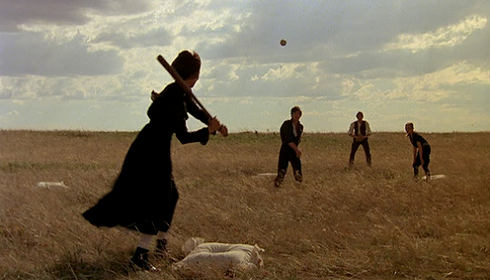 |
| Days Of Heaven |
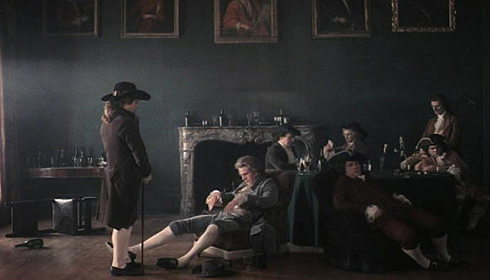 |
| Barry Lyndon |
 |
| Persona |
 |
| Marie Antoinette |
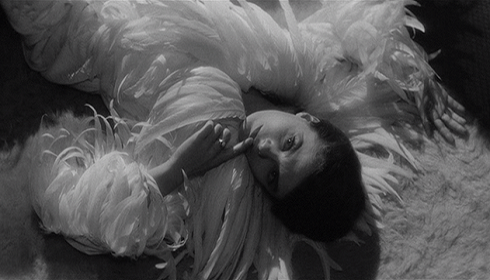 |
| Last Year At Marienbad |
 |
| Le Samourai |
Because they're so stylistically distinct:
 |
| Trainspotting |
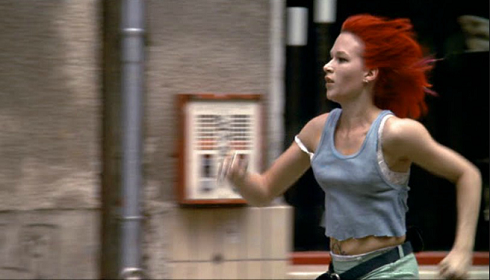 |
| Run Lola Run |
 |
| Dogville |
Because the acting is amazing:
 |
| A Streetcar Named Desire |
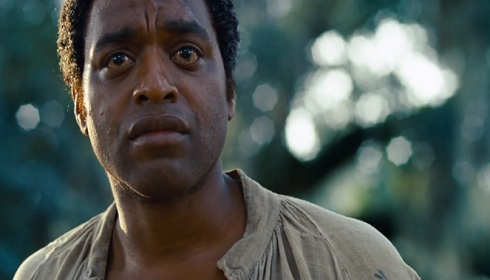 |
| 12 Years A Slave |
 |
| Volver |
Because they're puzzles waiting to be pieced together:
 |
| Mulholland Drive |
 |
| The Prestige |
 |
| Inland Empire |
Because they introduce new ideas/philosophy:
 |
| Stalker |
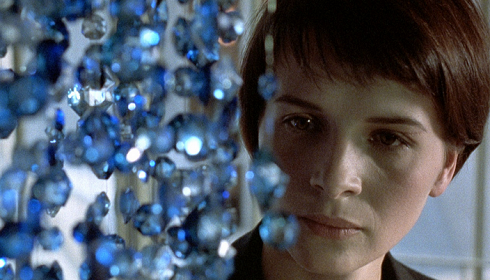 |
| Three Colors: Blue |
 |
| Through A Glass Darkly |
Because of the subject matter:
 |
| Army Of Shadows |
 |
| The Deer Hunter |
 |
| Shame |
 |
| Short Cuts |
 |
| The Best Of Youth |
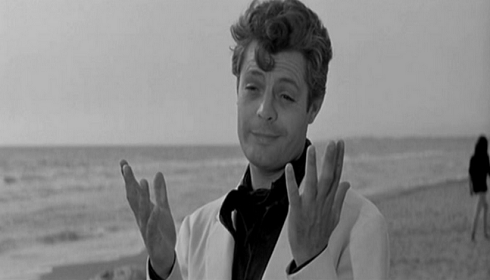 |
| La Dolce Vita |
Because they're guilty pleasures:
 |
| Breakfast At Tiffany's |
 |
| Dazed And Confused |
 |
| Wristcutters: A Love Story |
And below is a scene that encapsulates all I love about cinema and what it can accomplish in utmost artistic brilliance. This, ladies and gents, is what I meant by films being a feeling:
Sweet dreams!
Subscribe to:
Posts (Atom)



